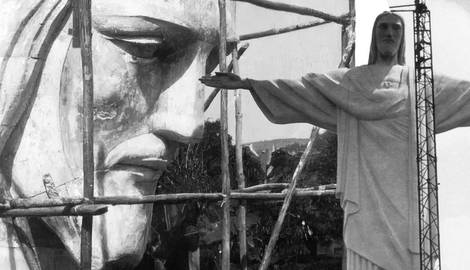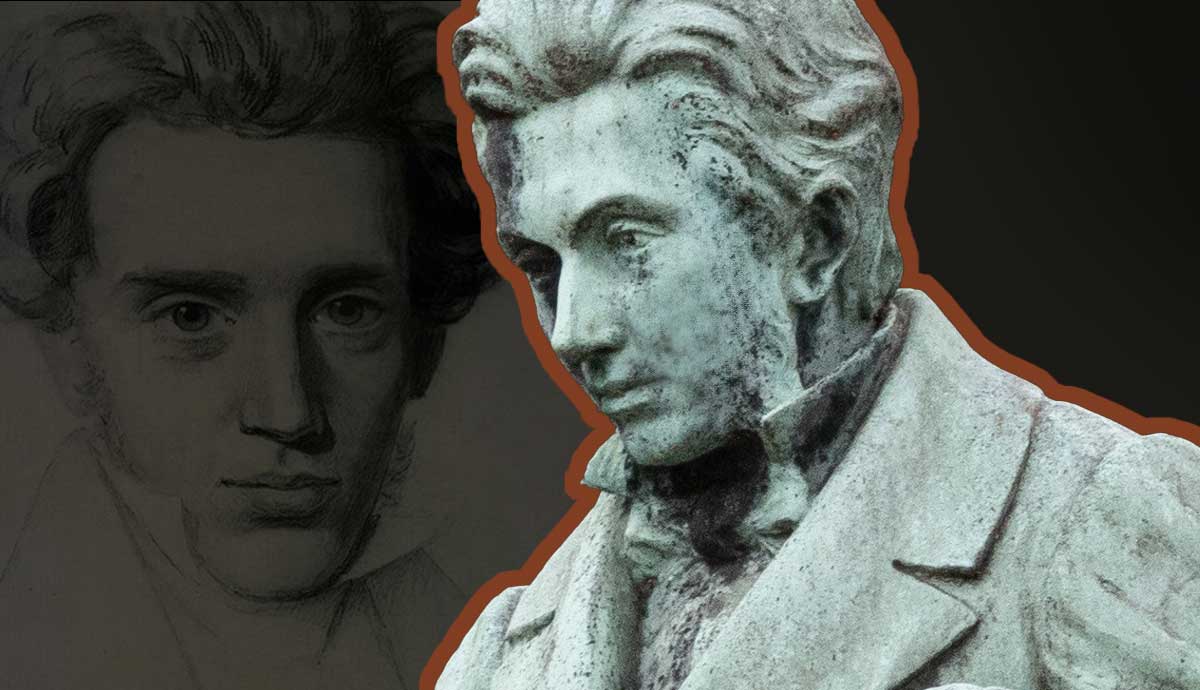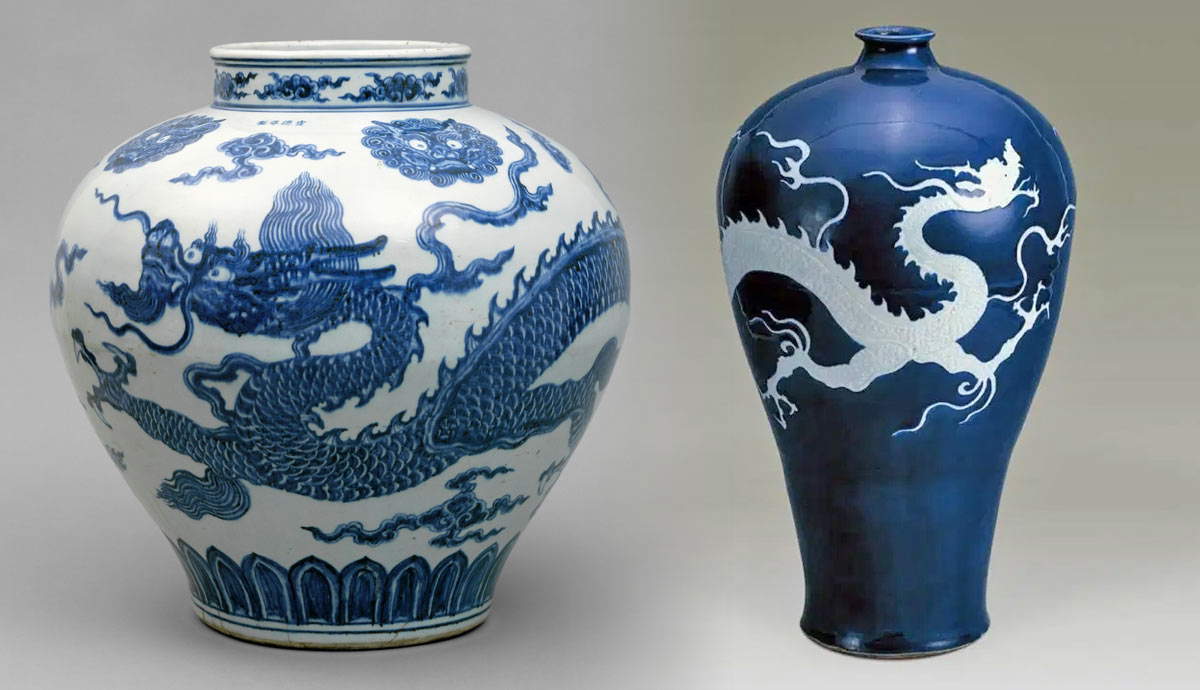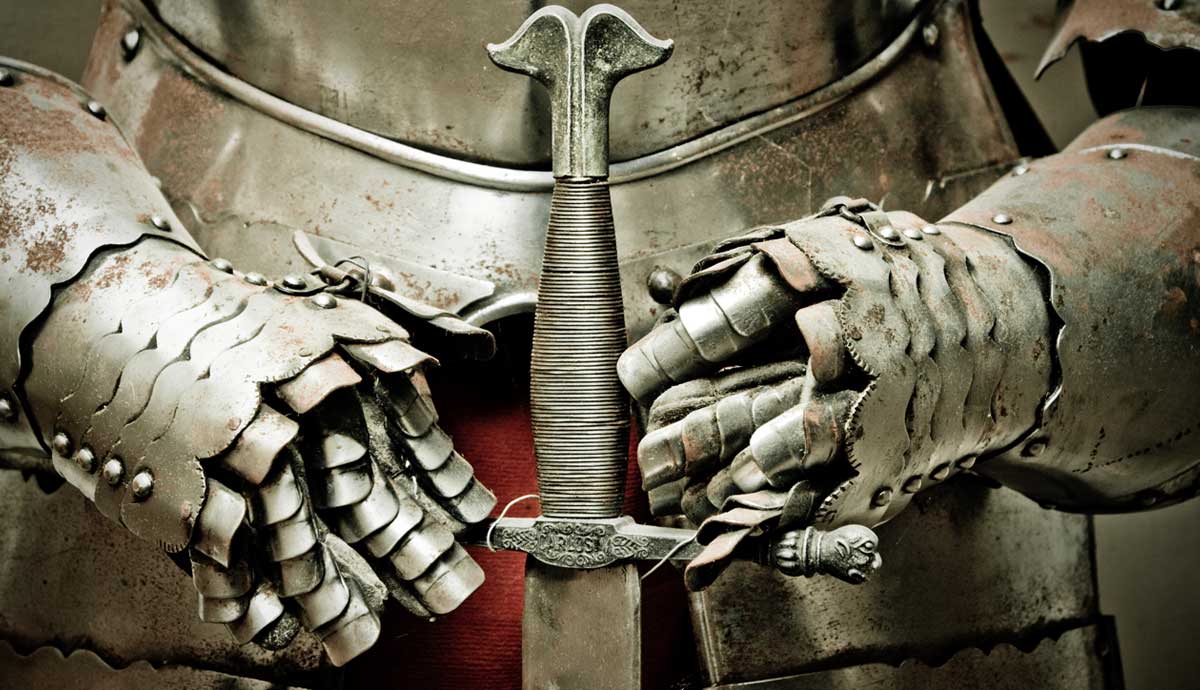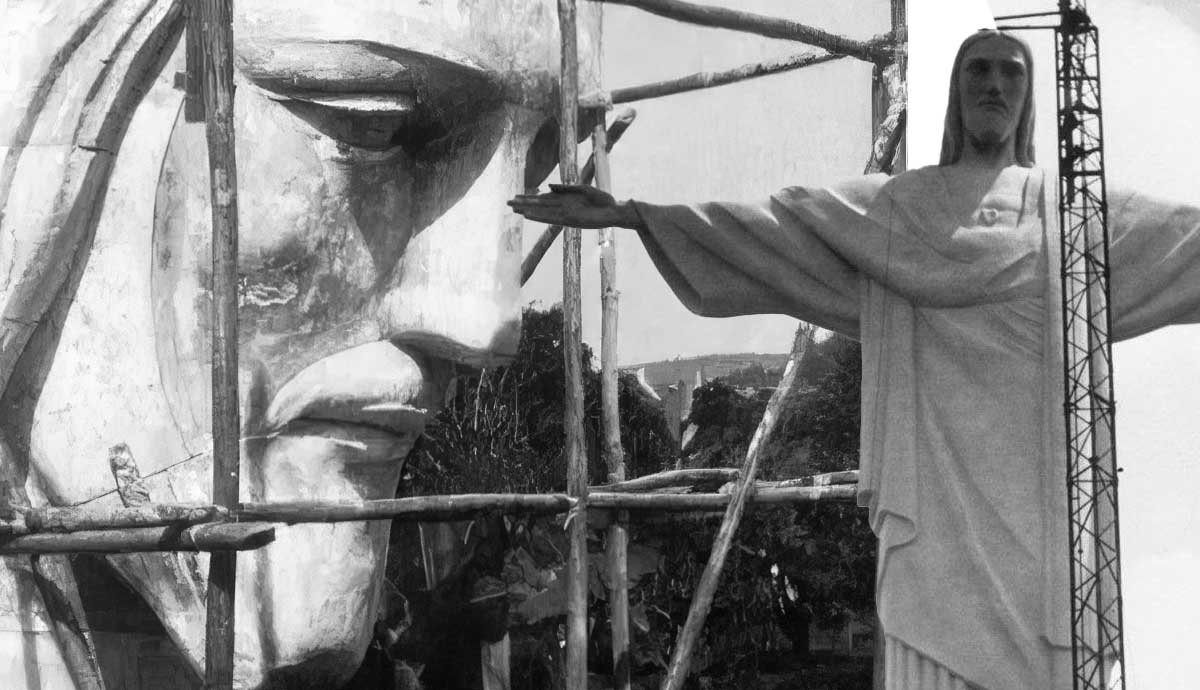
summary
- Dedication: The idea for a statue of Christ over Rio was first proposed in 1850, but was only approved in 1922.
- Sculpture: French sculptor Paul Landowski created the original clay model in sections for transport to Brazil.
- Construction: Brazilian and French engineers reconstructed the statue using reinforced concrete on-site in Rio de Janeiro.
- Finishing Touches: Workers meticulously covered the statue with around 6 million soapstone tiles to give it a more natural appearance for its official unveiling in 1931.
Christ the Redeemer is one of Rio de Janeiro’s greatest highlights, towering on a mountain peak and looking over the Brazilian city. It is considered one of the modern seven wonders of the world. Completed in 1931, it has since become a unique calling card for tourists from all over the world, who trek to the hazardous peak of Mount Corcovado to visit this colossal statue. But do you know how it was actually built? It took more than ten years of preparatory work and behind-the-scenes activity to create and safely install this striking Art Deco style icon on the summit. We take a closer look at some of the extensive work involved in bringing this modern masterpiece to life.
The Statue Took 50 Years To Commission

Brazilian priest Pedro Maria Boss first suggested placing a Christian monument on Mount Corcovado in the mid-1850s to honor Princess Isabel, then regent of Brazil, but the project was not approved. When Brazil became a republic in 1889, further development of the idea seemed unlikely due to the separation between Church and State.
However, in 1920, the Catholic Church in Rio de Janeiro made a second proposal and organized events to attract support and donations for the project. Several designs were considered, including a statue of Jesus on the cross, a statue of Christ with a globe in his hands, and a pedestal of the world. Eventually, the design of local engineer Heitor da Silva Costa and artist Carlos Oswald of Cristo Redentor, with arms outstretched, was chosen as a symbol of peace. Work on the statue began officially in 1922.
The Original Model for Christ the Redeemer Was Made in France

French sculptor Paul Landowski was commissioned to create the statue using large pieces of clay. These huge pieces of sculpture were then shipped to Brazil, ready for the next stage of the process. Due to the transport issues of moving such large sculptures, Landowski had to make his sculpture in parts. He carved the head and hands in full-size, while he created a 4-metre-high version of the body, which would be further extended once on location. Meanwhile, Landowski asked Romanian sculptor Georghe Leonida to carve the final face of Christ, which was a careful, delicate task.
It Was Cast in Reinforced Concrete

Brazilian engineer Heitor da Silva Costa and French engineer Albert Caquot were responsible for transforming Landowski’s sculpted pieces into a concrete sculpture on site in Tijuca National Park. Caquot designed the internal structure of the statue, working out how it could hold the sheer weight of the concrete pieces. Meanwhile, he arranged for Landowski’s sculpted pieces to be cut into cubes, so they could be cast in concrete and assembled in parts. A vast team of workers prepared cement on site, using water hauled from a water fountain that was 984 feet from the site. Workers carried all the necessary materials up Corcovado Mountain by a small cogwheel railroad normally reserved for tourists who wanted to see the view from the top of the mountain without having to climb the mountain’s steep paths.
Workers Covered the Statue with Soapstone Tiles

Once the concrete sculpture for Christ the Redeemer was complete, a large team of workers set about covering the entire surface of the statue with around 6 million soapstone tiles. They did this under the guidance of Silva Costa, who disliked the rough finish of concrete for a final work of art, preferring the softer, polished veneer of natural stone. The stones themselves were shipped from Sweden before being transported to the summit of Mount Corcovado.
Construction Took 9 Years

The entire process of carrying the concrete pieces of Christ the Redeemer to the location and piecing them together on site took a team of workers nine years to complete. The foundation stone was ceremonially laid down on the 4th of April 1922, the very day Brazil announced its independence from Portugal, while the statue officially opened to the public on the 12th of October 1931.
Cost of Rio’s Christ the Redeemer

Building the statue of Christ the Redeemer cost around US$250,000, an equivalent of approximately US$4.8 million by today’s standards. In order to put together the 38-metre-tall construct, a huge scaffolding was put in place, which workers had to climb every day to reach the upper parts of the statue. It was painstaking work, making sure every cast piece hauled up the scaffolding was put into the exact location. Finally, in 1931, the completed sculpture was ready to be unveiled to the public.
